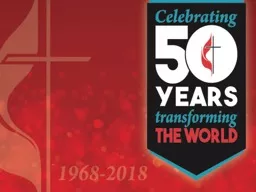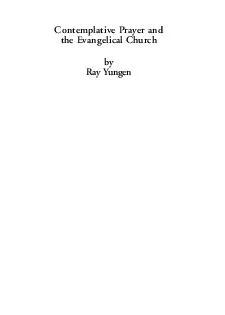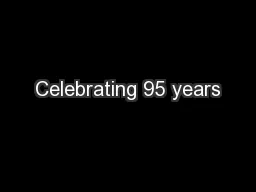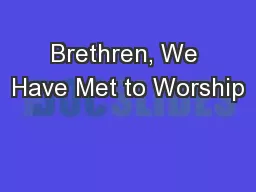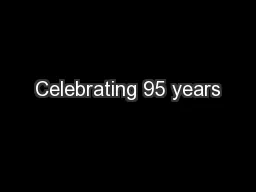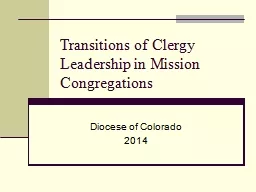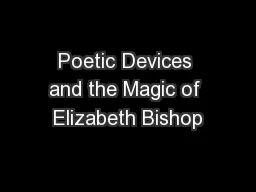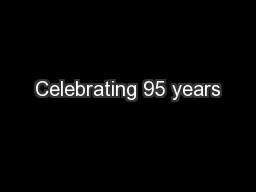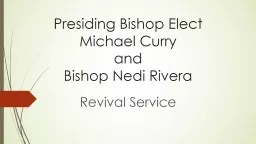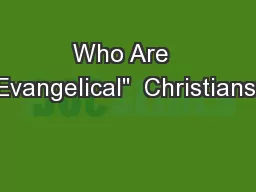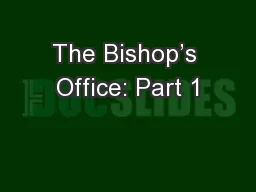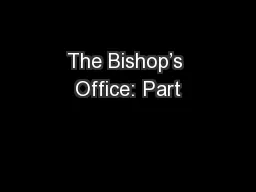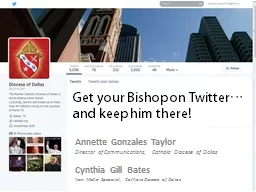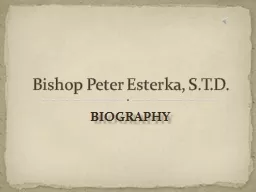PPT-Fifty years ago, Evangelical United Brethren (EUB) Bishop Rueben H
Author : trish-goza | Published Date : 2018-11-04
Mueller and Methodist Bishop Lloyd C Wicke joined hands over a table laden with symbols the Bible hymnals books of Discipline and a 307
Presentation Embed Code
Download Presentation
Download Presentation The PPT/PDF document "Fifty years ago, Evangelical United Bre..." is the property of its rightful owner. Permission is granted to download and print the materials on this website for personal, non-commercial use only, and to display it on your personal computer provided you do not modify the materials and that you retain all copyright notices contained in the materials. By downloading content from our website, you accept the terms of this agreement.
Fifty years ago, Evangelical United Brethren (EUB) Bishop Rueben H: Transcript
Download Rules Of Document
"Fifty years ago, Evangelical United Brethren (EUB) Bishop Rueben H"The content belongs to its owner. You may download and print it for personal use, without modification, and keep all copyright notices. By downloading, you agree to these terms.
Related Documents

